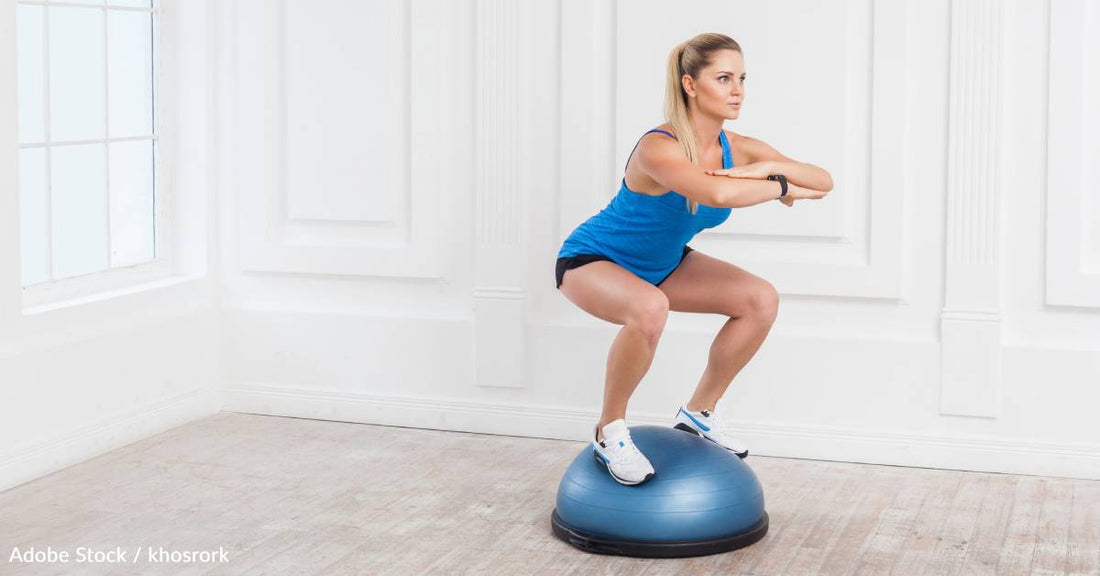Neuropathy is Common with Chemo Treatments, But a Certain Type of Exercise May Help
Michelle Milliken
Adobe Stock / khosrork
Peripheral neuropathy involves damage to the peripheral nervous system, which controls our movement, sensory experiences, and automatic body functions. Symptoms include numbness, tingling, decreased ability to feel heat and cold, and even pain. Chemotherapy can often cause the issue, especially if it involves neurotoxic treatments like oxaliplatin and vinca alkaloids. New research finds a fairly simple therapy may help prevent the issue, though.
A study recently published in the journal JAMA Internal Medicine looked at how neuromuscular exercise could impact chemotherapy-induced peripheral neuropathy (CIPN). Focusing primarily on balance training, the findings showed that most patients who took part in this sort of exercise avoided developing CIPN. This is important, as the issue may become chronic or even impact survival due to treatment interruption.

Dr. Fiona Streckmann, lead researcher and sports scientist from the University of Basel, says, “This side effect has a direct influence on clinical treatment: for example, patients may not be able to receive the planned number of chemotherapy cycles that they actually need, the dosage of neurotoxic agents in the chemotherapy may have to be reduced, or their treatment may have to be terminated.”
To investigate how exercise may lower the chances of this happening, Dr. Streckmann and her team recruited 158 patients receiving chemotherapy in the Cologne, Germany, area between 2014 and 2020. The participants, whose average age was 49, were split between three groups: One that did sensorimotor training for 15 to 30 minutes twice a week, one that did whole-body vibration training with the same schedule, and a control group that received typical treatment. The exercise regiment was done throughout chemotherapy, which included either oxaliplatin or vinca alkaloids. Participants then underwent follow-up for up to five years.
The research showed that those who exercised had a 50 to 70% lower chance of developing CIPN than the controls. They also reported better quality of life and had less of a need to lower their treatment dosages. Their mortality rates were lower, as well. Most people in the control group went on to develop the issue, but most in the other two groups did not. There were also differences based on which type of treatment a patient was receiving and which exercise group they were in. The best results were in patients taking vinca alkaloids who were in the sensorimotor training group.

The researchers say medications have not yet been found to prevent or successfully cure CIPN, so the findings are promising. It may mean certain types of exercise could improve quality of life for patients while boosting their survival chances, as they’d be less apt to have interrupted treatment.
Dr. Streckmann says, “The potential of physical activity is hugely underestimated.”
Going forward, the team is working on guidelines for hospitals, and there’s another ongoing study focused on preventing sensory and motor issues in children receiving neurotoxic chemo.

Michelle has a journalism degree and has spent more than seven years working in broadcast news. She's also been known to write some silly stuff for humor websites. When she's not writing, she's probably getting lost in nature, with a fully-stocked backpack, of course.




















